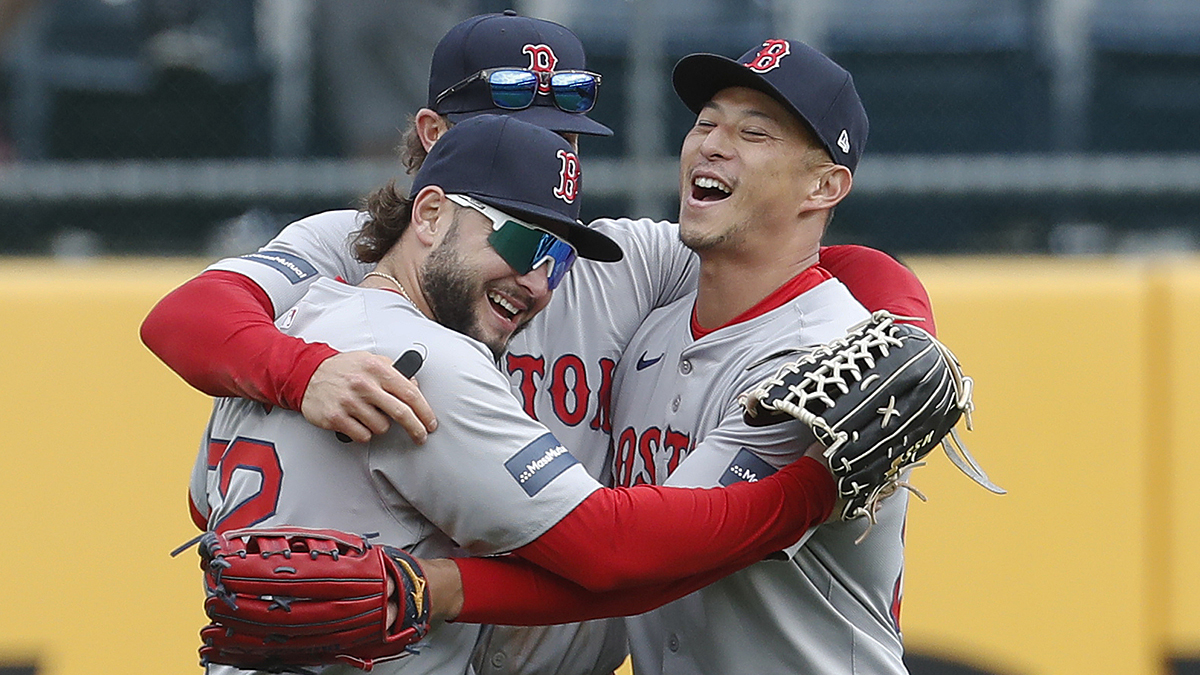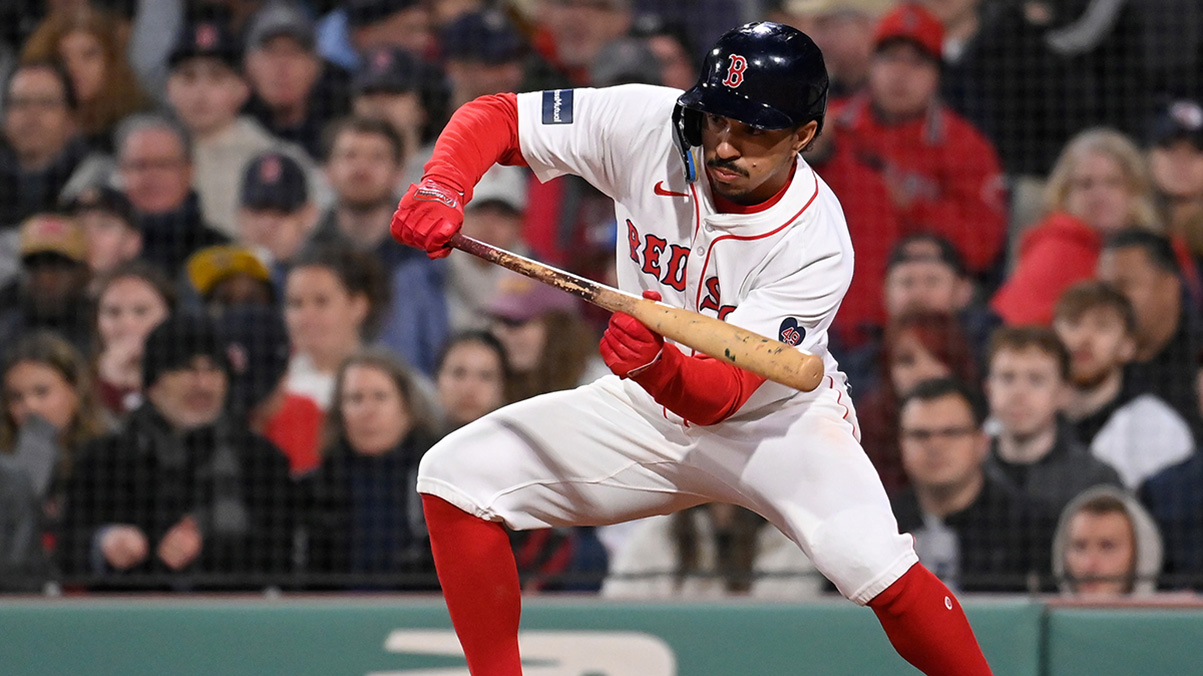If there's one half of the Mookie Betts trade the Red Sox have no reason to regret, it's ditching David Price.
The return for Betts was always going to be diminished by the opportunity to unload half of the $96 million remaining on Price's contract. Critics of the deal considered it borderline criminal to use a former MVP to facilitate the salary dump of a former Cy Young Award winner, but a little over a year later, it feels like the Red Sox got out on Price just in time.
In fact, few mention Price when evaluating the blockbuster, but his extraction feels as impactful as any second-level prospect the Red Sox could've acquired.
Stay in the game with the latest updates on your beloved Boston sports teams! Sign up here for our All Access Daily newsletter.
In case you're not up to speed, Price's Dodgers resume is surprisingly thin. He opted out of the 2020 season because of COVID concerns -- thus saving the Red Sox and Dodgers $16 million each -- and is pitching almost exclusively in relief this season despite a season-ending injury to starter Dustin May.
The Dodgers have successfully deployed Price as an opener and don't seem inclined to return him to the rotation, especially now that right-hander Tony Gonsolin has rejoined the staff after missing the first two months with shoulder inflammation.
Tomase: Which Red Sox starter will be odd man out when Sale returns?
Perhaps that calculation changes if the Dodgers lose another starter.
Boston Red Sox
In the meantime, manager Dave Roberts told reporters that he likes Price in relief. Overall, he's 1-0 with a 3.98 ERA and 23 strikeouts in 20.1 innings pitched, though his numbers are better as an opener (2.84 ERA in three starts) than a reliever (4.50 ERA).
Imagine for a moment if Price had remained in Boston. Let's assume he would've still opted out of 2020, thereby saving the Red Sox his salary. Let's also assume that he'd have missed time this season with a hamstring injury or some other ailment, just as he did with the Dodgers for the first half of May.
Where would that leave the Red Sox? With $31 million less to play with in free agency, the club probably wouldn't have signed Garrett Richards to a rotation counting on Price. They'd have left a spot for the All-Star left-hander, only for injuries to once again leave them scrambling.
And whereas the Dodgers can afford to pay a reliever $16 million, the Red Sox couldn't pay Price double that to do anything other than start. So they'd be patching a hole in their rotation practically from Opening Day. With Tanner Houck, Connor Seabold, and Thaddeus Ward injured and/or going under the knife, their starting depth would immediately be tested.
They instead signed Richards for $10 million and have needed only two spot starts from Houck. Their rotation, despite some recent missteps against the Astros, has been a rock of stability, allowing the club to compete virtually every night.
Sale 'would be game' to come out of bullpen in return
That can't happen with an injury-prone Price pitching himself in and out of action and taxing the entire staff. With Price sidelined, maybe the Red Sox are forced back into the use of openers, except without the caliber of arms to make it work like Los Angeles. Maybe this delicate balance they've achieved with their pitching staff crumbles.
Instead, they needn't worry about any of that, just as they don't have to sweat Price's potentially toxic impact on a selfless clubhouse culture that has fueled this overachieving run to contention. Rather than worry about offhand comments from broadcasters, these Red Sox have dialed out the distractions to bring it nightly.
Maybe Price impedes that approach.
In any event, Price's seven-year, $217 million contract runs through 2022 and will always be tolerable because of the essential role he played in winning the 2018 World Series. But from a Red Sox perspective, it's nice to know the rest of that deal is effectively someone else's problem.


